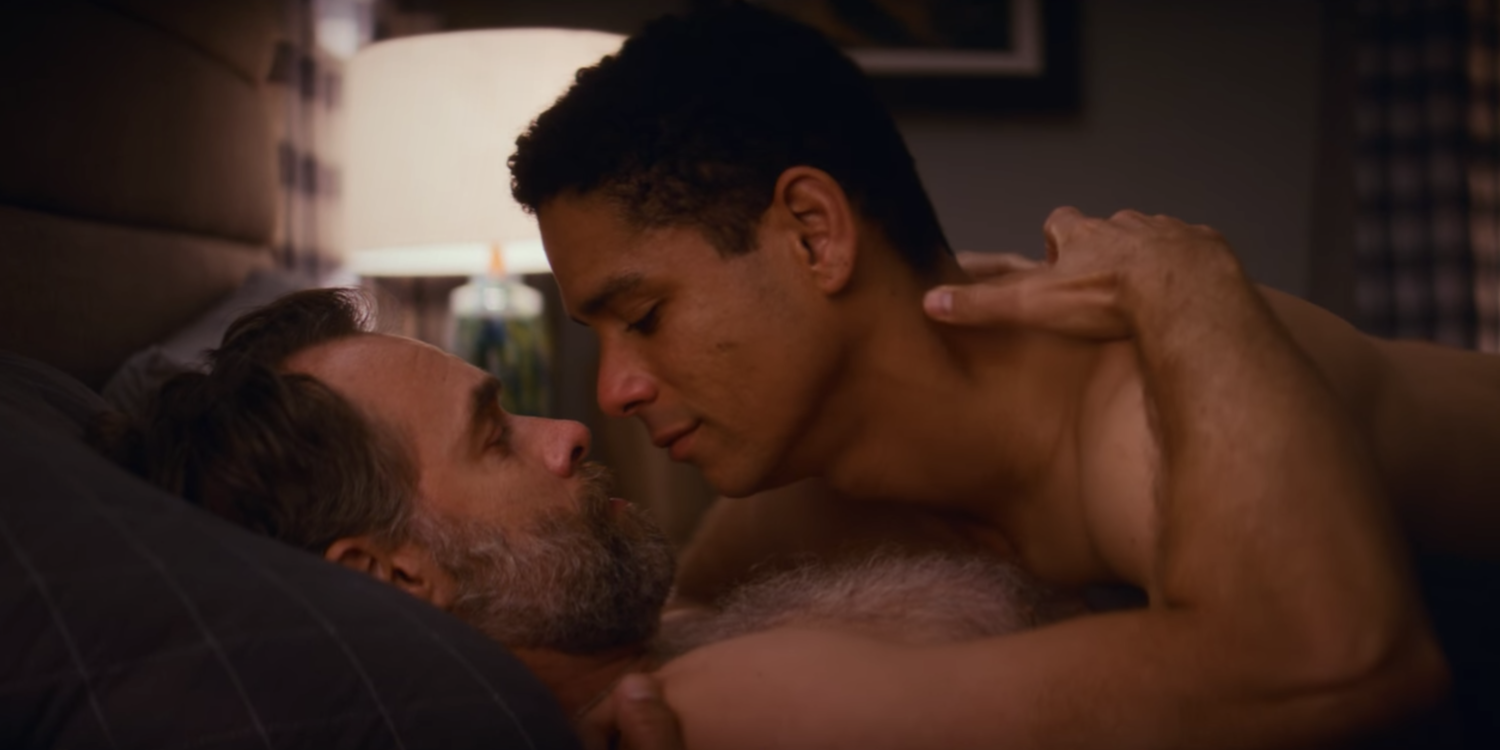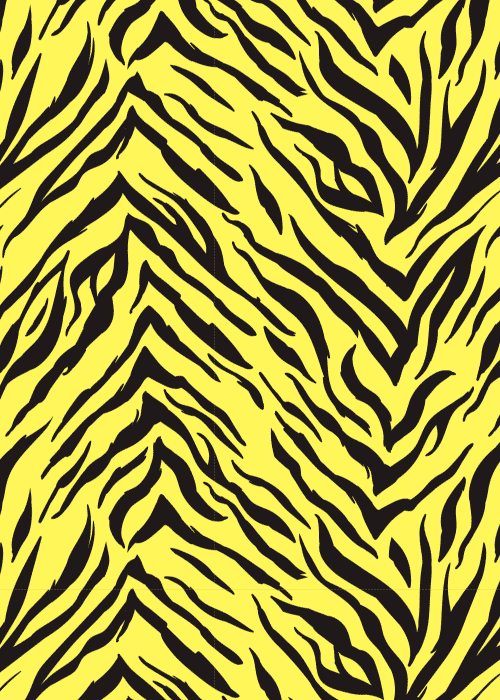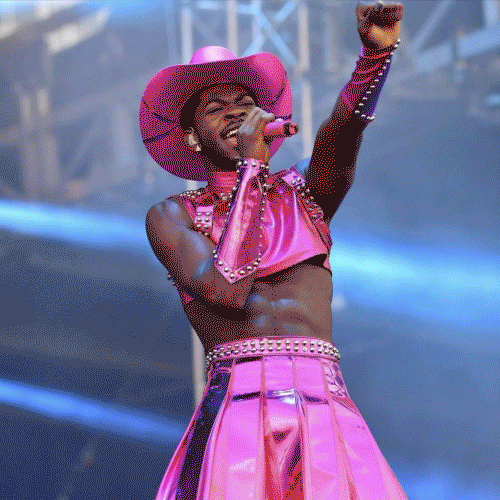'Tales of the City' explores queer narratives, often halfheartedly
MOUSE (MURRAY BARTLETT) AND BEN (CHARLIE BARNETT)
The latest iteration of Tales of the City, Armistead Maupin’s queer San Francisco fantasia, hit Netflix on June 7th. Undoubtedly checking off a corporate “Pride Month” box for the streaming giant, it’s hard to begrudge the limited series for its intentions.
Opening in faux-documentary style, Anna Madrigal (Olympia Dukakis reprising her role as the trans mother hen) is asked: What are your thoughts on how San Francisco has changed since the 60s?
“Not much, actually,” Anna tells the camera, “we’re still people.. aren’t we? Flawed, narcissistic, and doing our best.” Cue Ellen Page and a Tegan & Sara track, setting the scene for a calculated, albeit charming offering of modern queer life.
The reboot (like every of reboot since the original 1993 miniseries) follows the residents of Barbary Lane, a fictional queer sanctuary in the heart of San Francisco. A mix of old and new queer faces fill the screen, anchored by landlady Anna Madrigal, matriarch and chosen mother of her tenants. Series regulars return, along with a gaggle of new faces -- notably more diverse than the original adaptations of Maupin’s books.
Regardless of whether or not you’ve seen any of the prior series (Tales of the City, More Tales of the City, Further Tales of -- you get it), it’s easy to jump right in. Token straight Mary Ann (a deliciously annoying Laura Linney) returns to surprise Anna on her 90th birthday, but there’s a catch: she left a baby and husband in Barbary Lane years ago to pursue a career on the East Coast. Her justification being that her now 20-something daughter, Shawna (a pansexual bartender played by Ellen Page, naturally), was adopted -- but no one’s told Shawna this.
CLAIRE (ZOSIA MAMET) AND SHAWNA (ELLEN PAGE)
This central dynamic, despite being given the most air time, is hardly the show’s most interesting. The series feels most vital when it is exploring the lives of Barbary Lane’s other residents, such as Margot and her boyfriend Jake, who recently transitioned.
Jake tries to reconcile a new body along with a newfound attraction to men, while Margot, even though she knows she’s “not supposed to”, is nostalgic for the girl she fell in love with. “I miss being a lesbian,” she confesses in the second episode, “I didn’t exactly love the idea of Jake transitioning, but ultimately it didn’t matter because I love Jake and I love being with Jake.” The show is at its queerest when the viewer gets to watch the lovers try to honor each other’s very real identities without forsaking their very real feelings.
The behind the scenes team was careful not to ruffle any feathers: hiring an all-queer writing room, casting (mostly) queer and trans actors, making sure all the faces weren’t white… and for the most part, Tales portrays its subjects authentically and with care, but ultimately works against itself by refusing to linger in their complexities.
JAKE (GARCIA)
Perhaps the most poignant exchange in the series comes during an altercation between Ben and his boyfriend’s older, white gay friends at a dinner party over their flippant use of the slur tr*nny. Angry that their language is being policed, one of the older guests retorts, “Any so called privilege that we happen to enjoy at this moment, was won… When I was 28, I wasn’t going to fucking dinner parties -- I was going to funerals.” Ben, while too young to remember The Plague, tries to express that he understands societal disregard for life as a Black man in this country, but is dismissed as a member of a generation whose only concept of the AIDS epidemic is Angels in America. Rather than lean into this conflict, the show resolves it a few scenes later with Ben’s boyfriend, who is in his 50s and HIV positive, tearfully recollecting the trauma of watching most of your friends die. Careful to leave space for both perspectives, the show nonetheless squanders an opportunity to explore this very real generational dissonance, failing to address the question screaming from the screen and Twitter threads everywhere: are there certain cultural gaps that separate us more than queerness unites us?
“Tales has a very specific tone,” showrunner Lauren Morelli admitted to the Hollywood Reporter, “we represent life as we wish it was, not exactly as it is.” However, in its tepidness to dive into murky waters, the show very much lives in the kind of safe space older queers ridicule us for. Strategically acknowledging current issues such as the gentrification of San Francisco and race relations, the writing never truly goes there -- with the exception of the flashback (and consequently best) episode, exploring Anna Madrigal's checkered past. More content playing out viewer-familiar themes like motherhood and abandonment, Tales’ most important messages are glossed over.
Nonetheless, it is thrilling to see such a stellar queer cast at work, and the narratives presented, however underdeveloped, are still important. While this reboot may not be as groundbreaking as the original miniseries, which originally aired on PBS much to conservatives’ horror -- it is still made for and by queer people. Ending each episode with a fade to the rainbow flag, Tales of the City is a sugary confection perfect for Pride, but unlikely to leave a lasting taste.
—
Jacob Seferian is a Texas-bred journalist living in New York City. You can follow him on Twitter and Instagram at @disco__bitch. That's disco, two underscores, bitch.
Archive
- September 2025
- August 2025
- May 2025
- February 2025
- November 2024
- October 2024
- September 2024
- August 2024
- July 2024
- June 2024
- May 2024
- April 2024
- October 2023
- July 2023
- June 2023
- May 2023
- April 2023
- March 2023
- February 2023
- June 2022
- April 2022
- March 2022
- January 2022
- December 2021
- October 2021
- September 2021
- August 2021
- July 2021
- June 2021
- May 2021
- April 2021
- March 2021
- February 2021
- January 2021
- December 2020
- October 2020
- September 2020
- August 2020
- July 2020
- June 2020
- May 2020
- April 2020
- March 2020
- February 2020
- January 2020
- December 2019
- November 2019
- October 2019
- September 2019
- August 2019
- July 2019
- June 2019
- May 2019
- April 2019
- March 2019
- February 2019
- January 2019
- December 2018
- November 2018
- October 2018
- September 2018
- August 2018
- July 2018
- June 2018
- May 2018
- April 2018
- March 2018
- February 2018
- January 2018
- December 2017
- November 2017
- October 2017
- September 2017
- August 2017
- July 2017
- June 2017
- May 2017
- April 2017
- March 2017
- February 2017
- January 2017
- December 2015
- November 2015
- October 2015
- September 2015
- August 2015
- July 2015
- June 2015
- May 2015
- April 2015










